Rungis: Why you need to visit Paris’ secret attraction – the world’s biggest food market
It takes an early start and a stomach of steel, but a trip to this wholesale mega-market is definitely worth it for the adventurous tourist, says Estella Shardlow
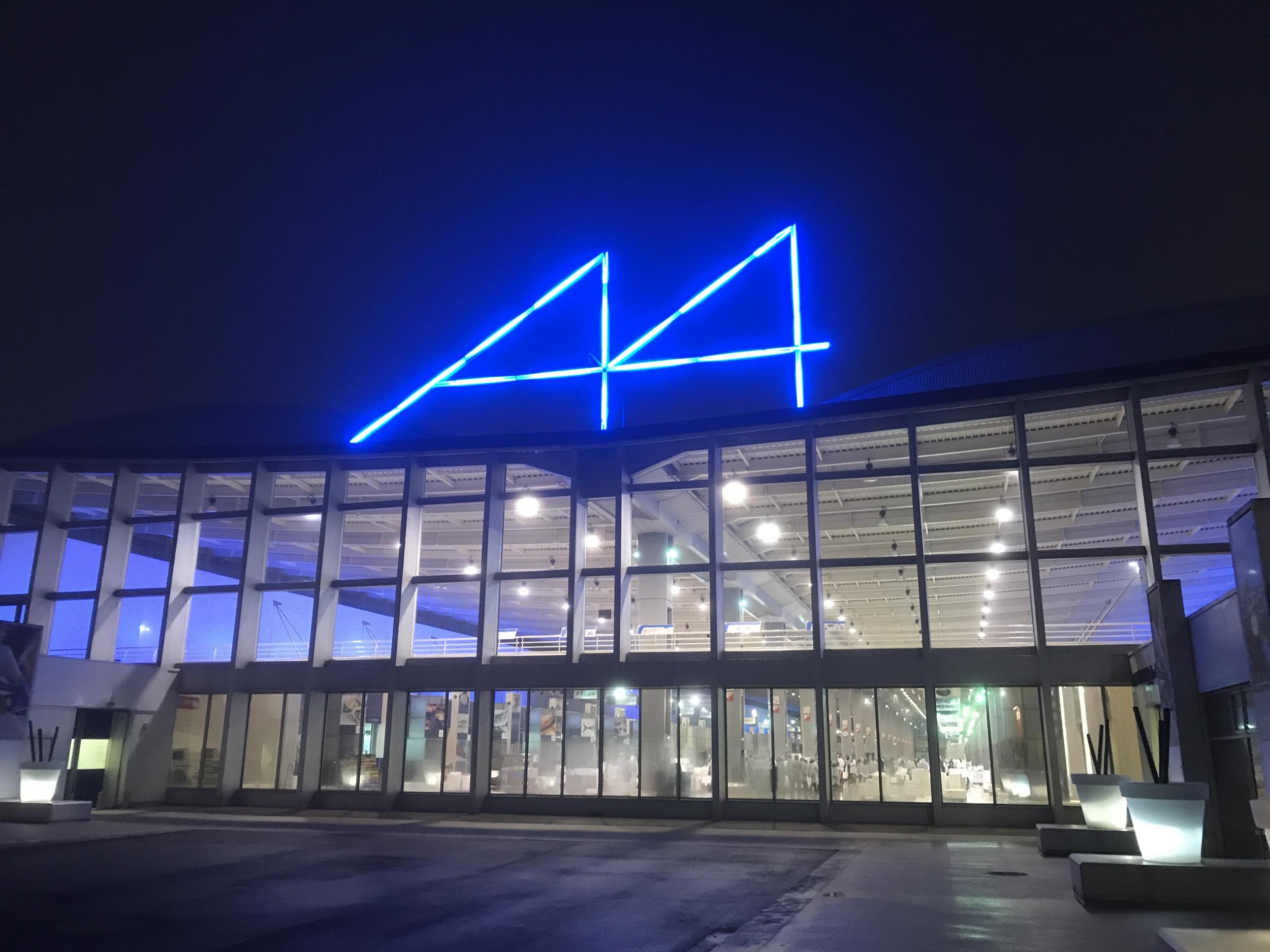
Your support helps us to tell the story
This election is still a dead heat, according to most polls. In a fight with such wafer-thin margins, we need reporters on the ground talking to the people Trump and Harris are courting. Your support allows us to keep sending journalists to the story.
The Independent is trusted by 27 million Americans from across the entire political spectrum every month. Unlike many other quality news outlets, we choose not to lock you out of our reporting and analysis with paywalls. But quality journalism must still be paid for.
Help us keep bring these critical stories to light. Your support makes all the difference.
It’s 4.30am, the air smells of fish and I’m shivering under a disposable hairnet somewhere in the southern suburbs of Paris. Inside a soaring glass and steel structure, hundreds of white-clad workers are heaving Styrofoam boxes of ice-packed seafood across a slick, starkly lit floor that’s longer than a football pitch.
Your local farmers’ market, it ain’t: Rungis International is where heavyweight chefs and food businesses come to haggle over four-kilo wheels of Comte and beef carcasses. Covering 232 hectares – an area larger than Monaco – it’s the world’s biggest wholesale food market and, like a self-contained city, has its own school, bank, police station and hair salon. But unless you’re in the restaurant business, you’ve probably never heard of it.
While Parisians are sleeping soundly (or stumbling back from a night out), five miles away this parallel foodie universe is in full swing, with 13,000 workers shifting thousands of tons of produce trucked in from across Europe. In a year, the market feeds an estimated 18 million consumers and turns over €9bn.
Each of Rungis’ 30 warehouse-like pavilions is dedicated to specific produce: one for poultry, another for fresh flowers, two for dairy, four for deli goods, nine for fruit and vegetables. The deals done in them dictate what ends up on deli counters and bistro menus across Paris – and how much you pay for it.
It seems a world away from the sleek interior of Les Cocottes at Sofitel Paris Arc de Triomphe, where last night I dined on oyster tartare, skate meuniere and salted caramel mille-feuille among a crowd of well-heeled Parisians. But it turns out that the restaurant’s signature cast-iron pans (called “cocottes” in French) would be served up empty if it weren’t for Rungis.
Chef’s treasure chest
“The first time I came to Rungis, it was like Christmas, or Ali Baba’s cave – the number of people, the lorries, the halls,” reflects Christian Constant, the Michelin-starred Parisian chef behind Les Cocottes, and my passport into Rungis this morning (visitors must be part of a tour or with a registered business). “I used to get lost all the time, before I learned the shortcuts and got a circuit of special suppliers,” he says.
“As a chef, it’s stressful shopping here because you need to be fast and efficient. Also, you need to know the current market prices because everything is negotiated. There aren’t any price tags,” he adds.
Le pavillon de la marée is the first section to wind down, having opened around midnight, so the few remaining swordfish heads and tangles of squid are already being wheeled away as our group half-sleepwalks past. Christian pauses to point out the glossy black eye of a colossal tuna – the clarity shows it’s fresh, he explains.
The next pavilion smells better, but it’s not for the squeamish. Dodging out the way of a burly man with a whole calf slung over his shoulder and ominous rust-coloured stains on his white apron, I try to avert my eyes from the rails of trussed-up carcasses lining the walkway. As a vegetarian, this is hardly my happy place. Only the strongest of stomachs should venture into the tripe pavilion to watch cleaver-wielding butchers breaking down an entire calf’s head in under a minute.
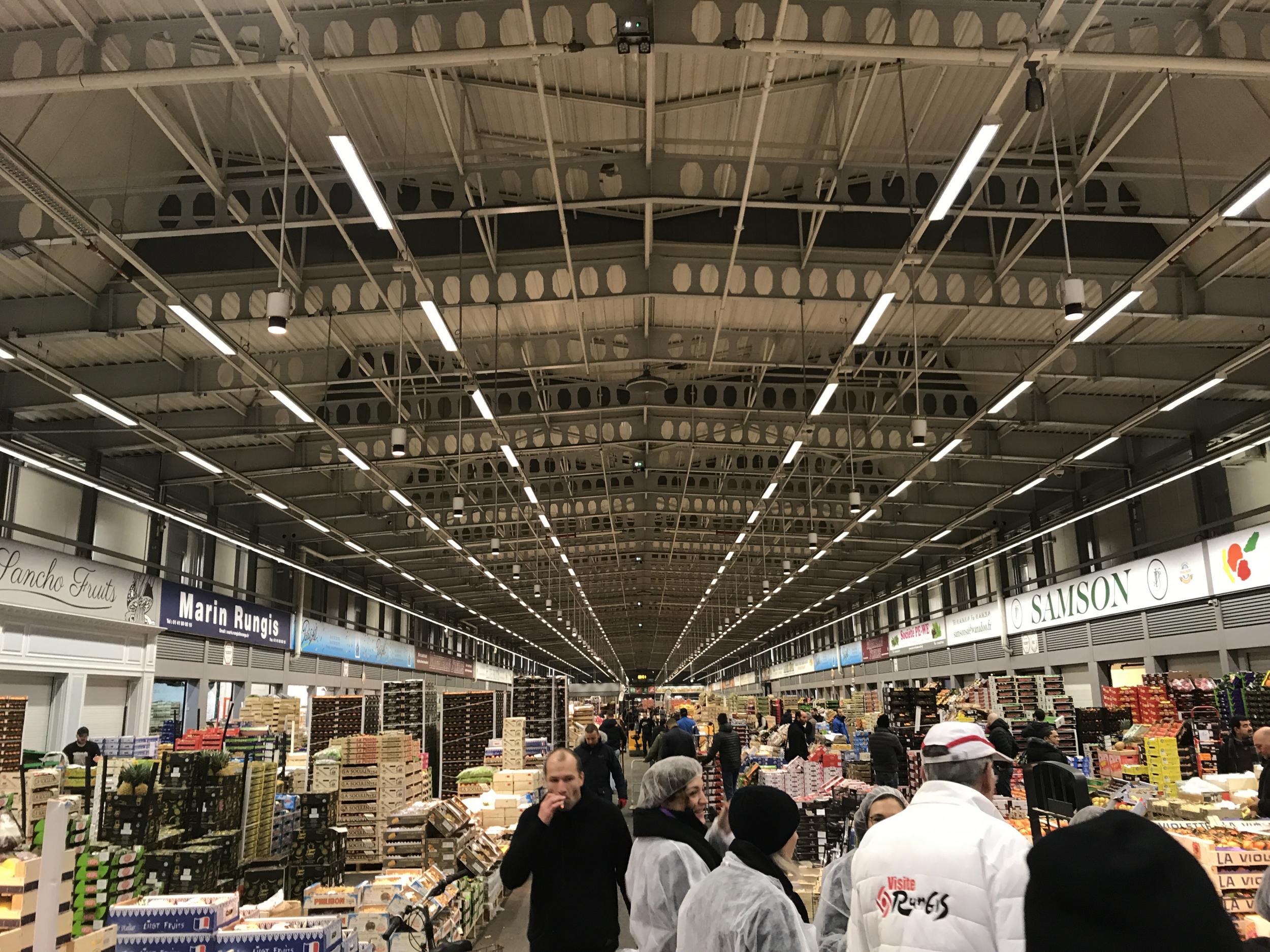
Beef and veal wholesaler Patrick Paste is unfazed, though: “It’s a good atmosphere, the place feels very alive, and there’s always something going on,” he grins. “But it’s hard work – long hours. I normally start at 2am and finish at midday. Then I get a couple of hours’ sleep, do some sport in the afternoon, eat dinner and catch another three hours’ sleep before starting all over again.”
Once upon a time, this whirlwind of trade all took place in the heart of Paris, at Les Halles, today home to a multi-storey shopping centre and Metro station. Fifty years ago this spring, the entire market relocated to Rungis, in part because traffic and access were making the historic city-centre site unworkable.
London is set to follow suit in the near future, with the smaller, scattered markets of Billingsgate (seafood), New Covent Garden (fruit, veg and flowers) and Smithfield (meat) merging into a single Rungis-esque site in Dagenham.
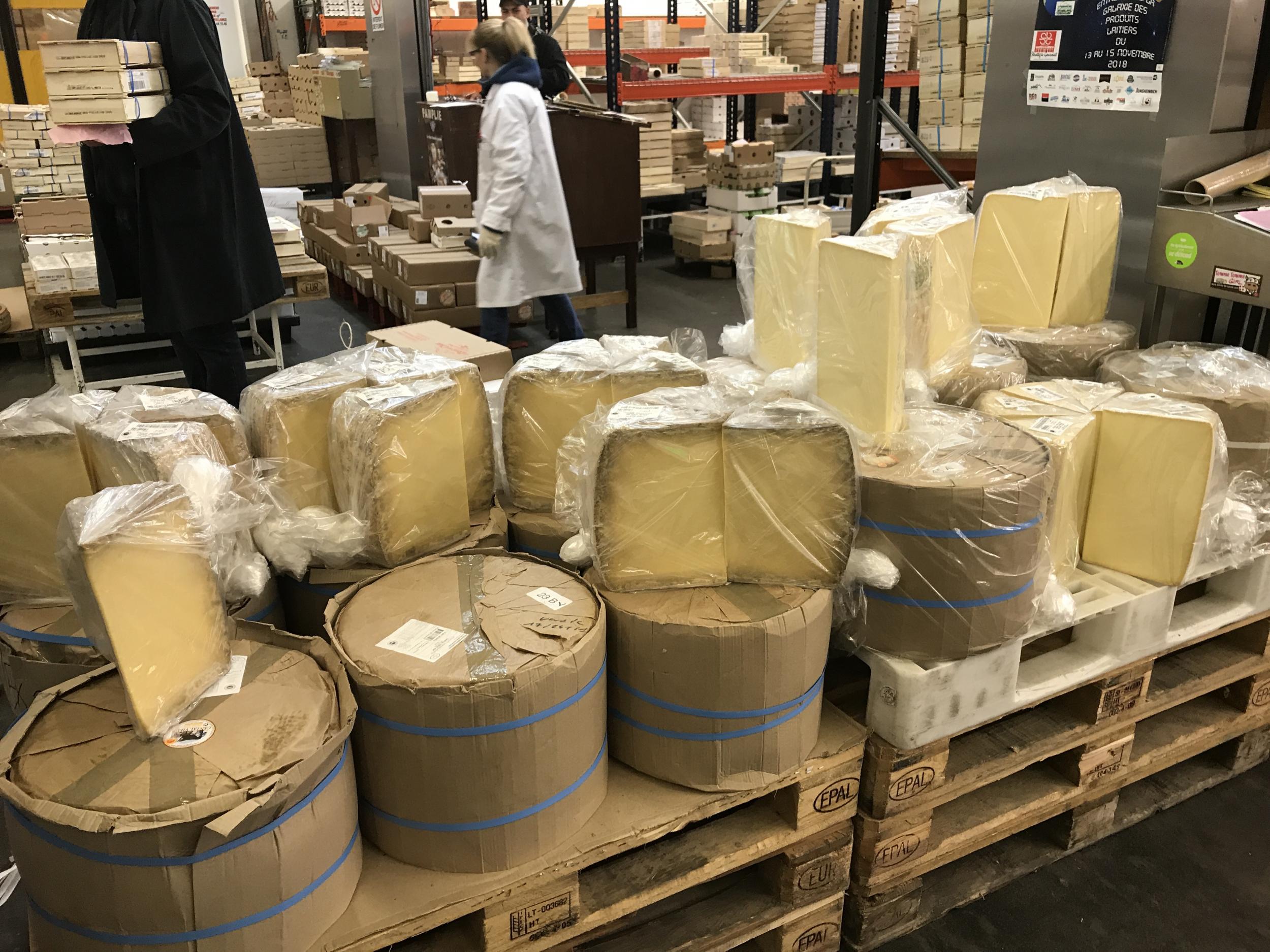
Rungis’ president Stephane Layani adds: “They asked me for some advice about making the same sort of place in London. Small, separate markets are not so efficient, you see.”
He sees a thriving future here at Rungis: “Things are exploding, because more people want to have real high-quality products, not junk food. Rungis isn’t simply a market – it is a symbol.”
The veg patch
A welcome sight after the gory meat pavilions, fruit and veg is the largest section of Rungis – a rainbow cityscape of stacked crates that dwarf the men haggling beneath. It’s also the most frenetic, as workers rush about wheeling teetering towers of pineapples, potatoes and grapes.
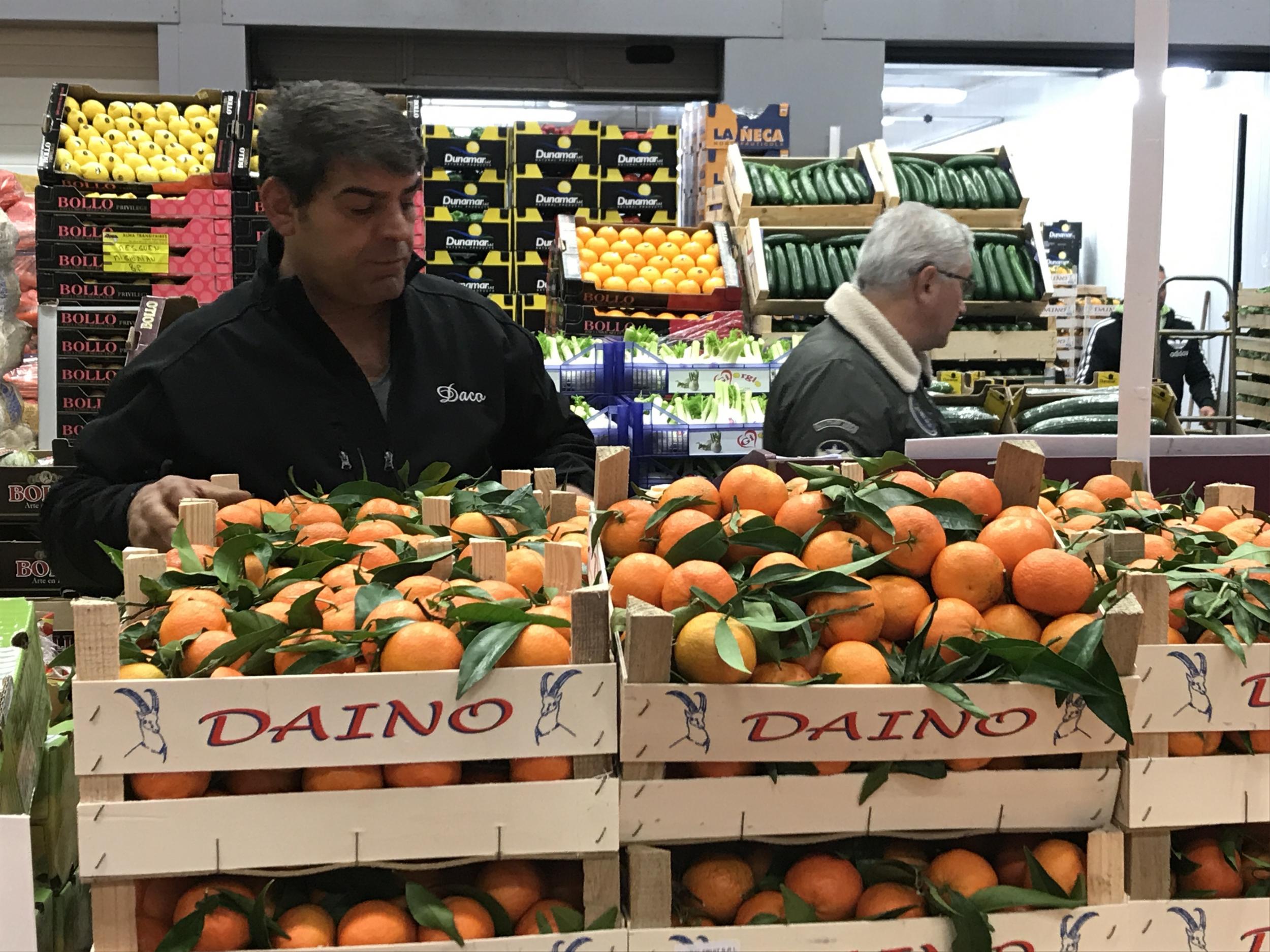
Christian inspects a heap of chanterelle mushrooms with an attention to detail Sherlock Holmes would be proud of. “My inspiration comes from the market – it’s very personal, like when you do your shopping for the family. We follow the seasons closely,” he says. “Right now, we’re using lots of pumpkin, beetroot, parsnips – all the game produce.”
Walking through these halls with a chef is like seeing a menu deconstructed – here are the ruby-red cuts for his country beef sirloin; over there the potatoes for the pommes pont-neuf, still dusted with soil.
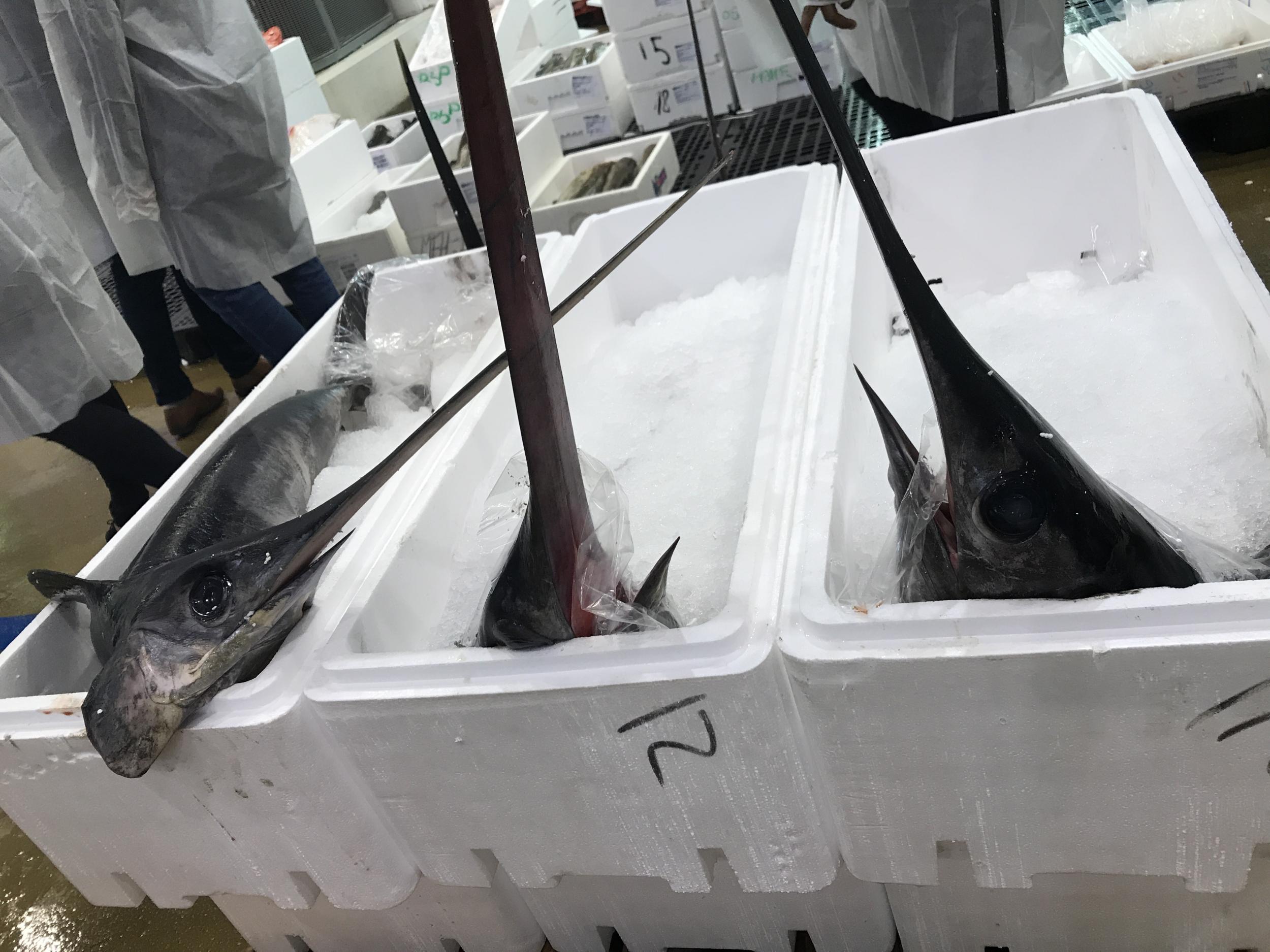
Whereas Les Cocottes is all about classic, comforting dishes, Blossom at Sofitel Paris Le Faubourg offers light seasonal fare tailored to the health-conscious fashion set who frequent this neighbourhood’s luxury boutiques. Yet once again Rungis comes up with the goods (supplemented by the hotel’s rooftop beehives and vegetable garden), the market’s recently opened organic produce pavilion supplying the stars of a butternut veloute, cabbage-stuffed gyoza broth and poached-pear dessert.
Boozy breakfast
As dawn noses above Paris’s rooftops, it’s time to tuck into a “Rungissian” breakfast at one of the market’s 21 restaurants. Workers stand elbow-to-elbow at the bar or squeeze into wooden booths, still wearing their white overalls, refuelling on plates of cheese, bread and cured meat.
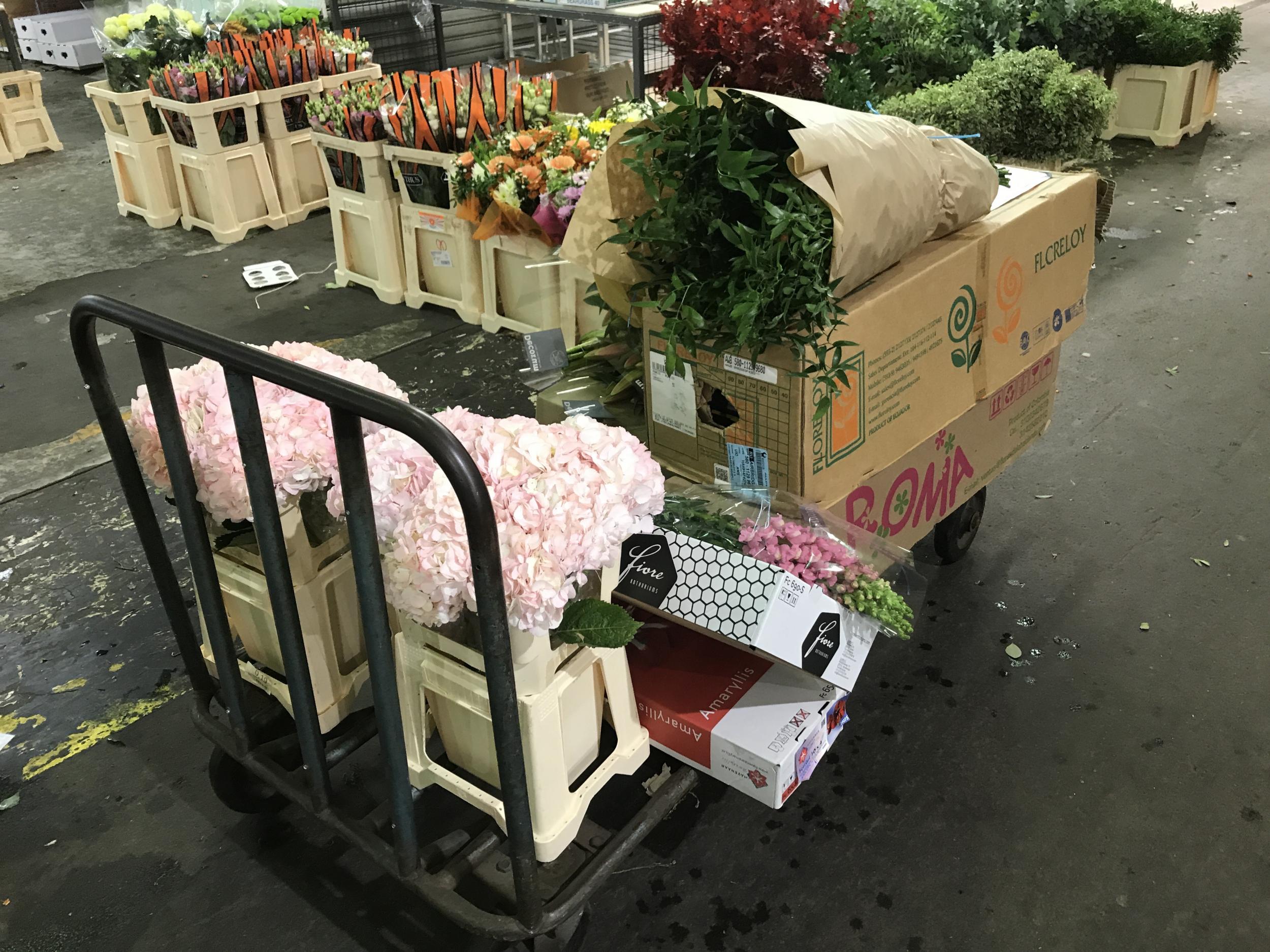
The red wine is flowing freely despite the early hour, but I suppose for Rungis’ workers it feels like midday; they operate on a different time-zone. Few workplaces see colleagues breaking bread together, daily, with such conviviality.
“It’s an extraordinary place, like a second family, a village,” says Serge Menier, who sold foie gras at Rungis before becoming a market tour guide. “I was only meant to help out for six months but ended up staying for 28 years.”
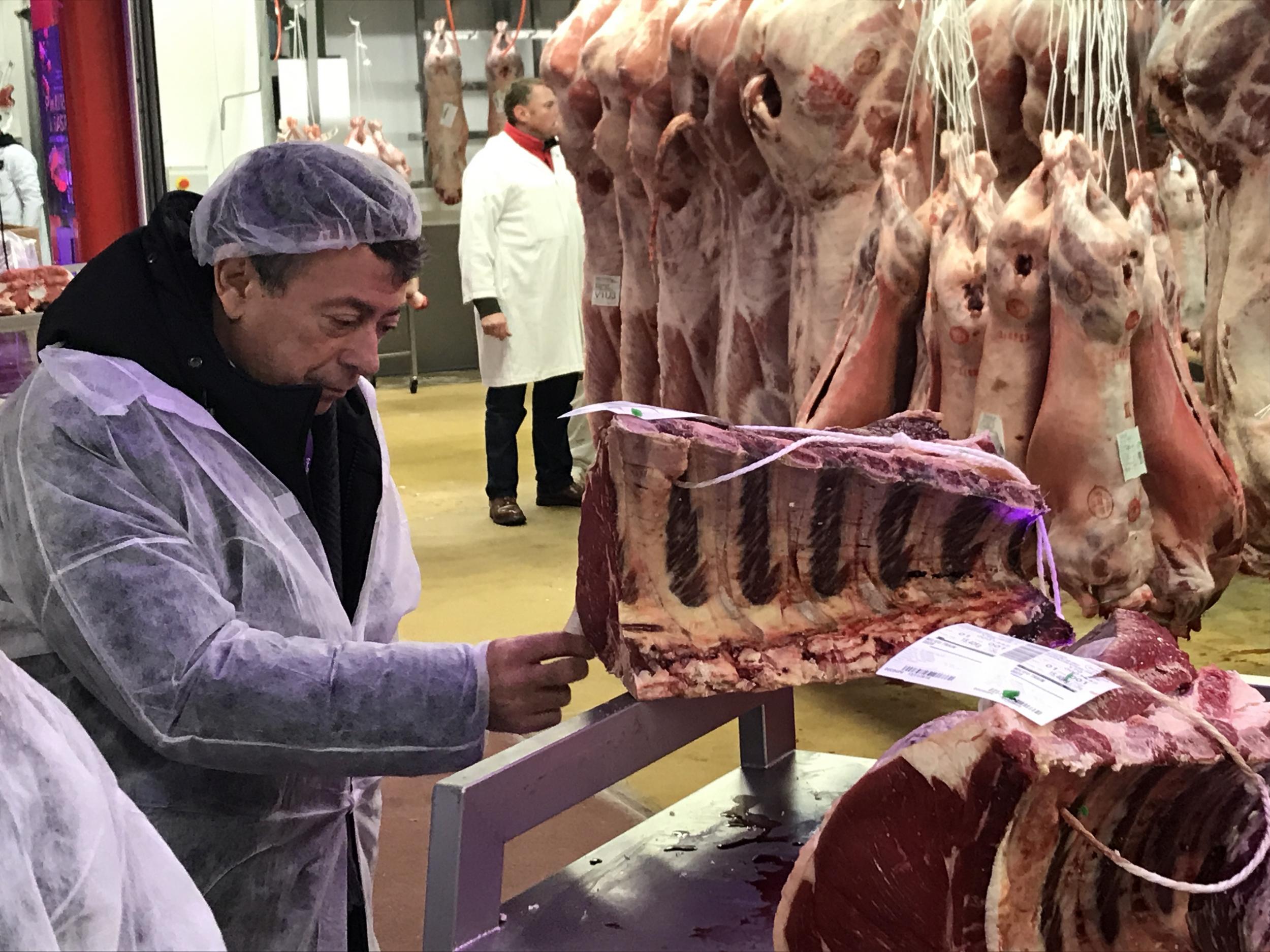
Cheesemonger Veronique Cordier is a relative newcomer, but equally enthusiastic: “I love working here, there’s a wonderful ambience. In the dairy pavilion, there are more and more women selling – not like in fruit and veg or meat, where it’s all macho.” (True, I didn’t see a single woman working in the meat hall.)
As anecdotes and deals babble across the tables, packed lorries rumble away from the labyrinthine pavilions and onto the motorway, towards the waiting arms of chefs and shop owners.
Braving an early start, icy indoor temperatures and a bit of gore might not be everyone’s idea of a fun holiday excursion, but Rungis is a marvel of Paris as much as the Louvre or Sacre-Coeur. There’s something to chew on next time you’re eating out in the City of Lights.
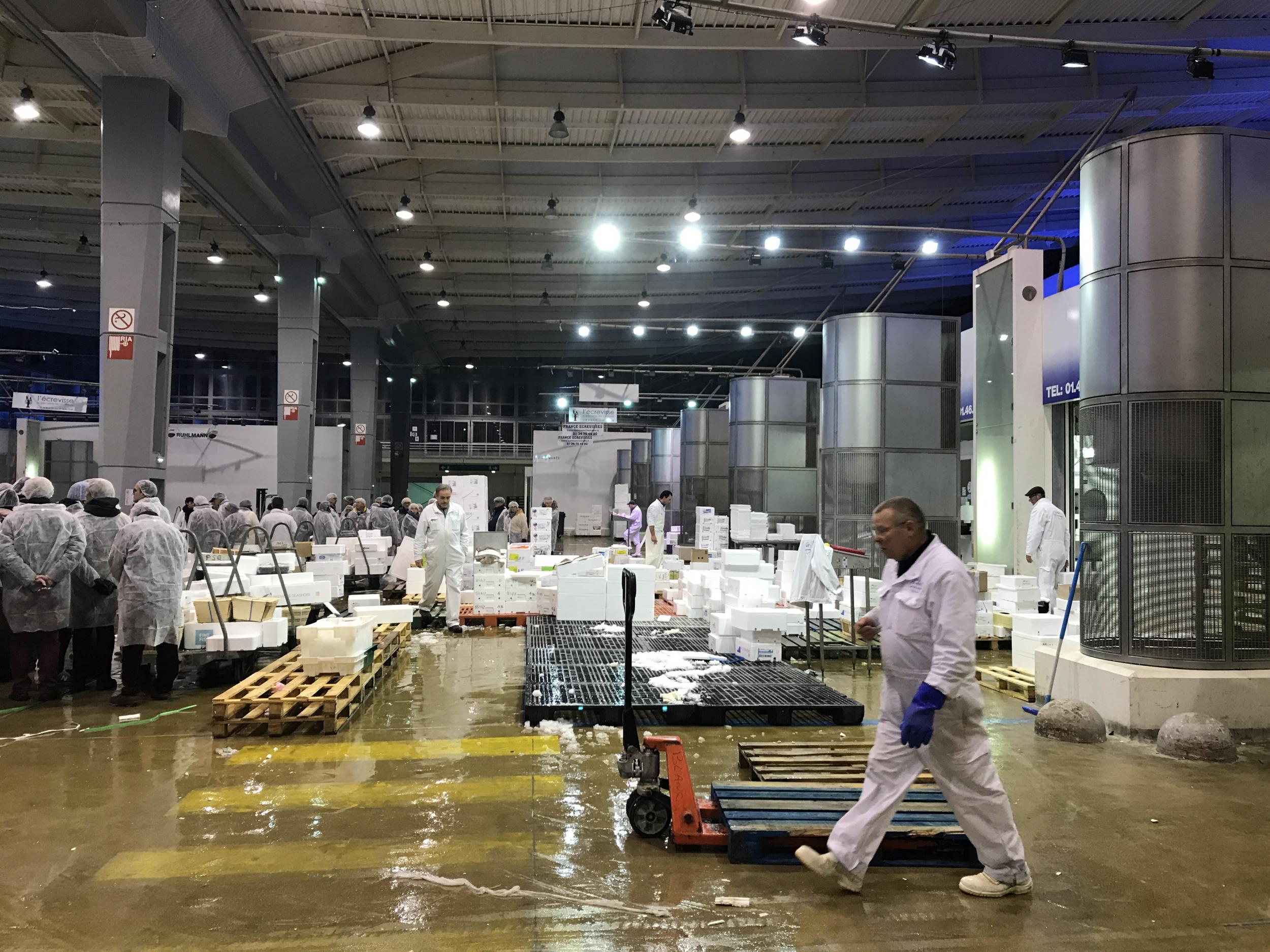
Join our commenting forum
Join thought-provoking conversations, follow other Independent readers and see their replies
Comments